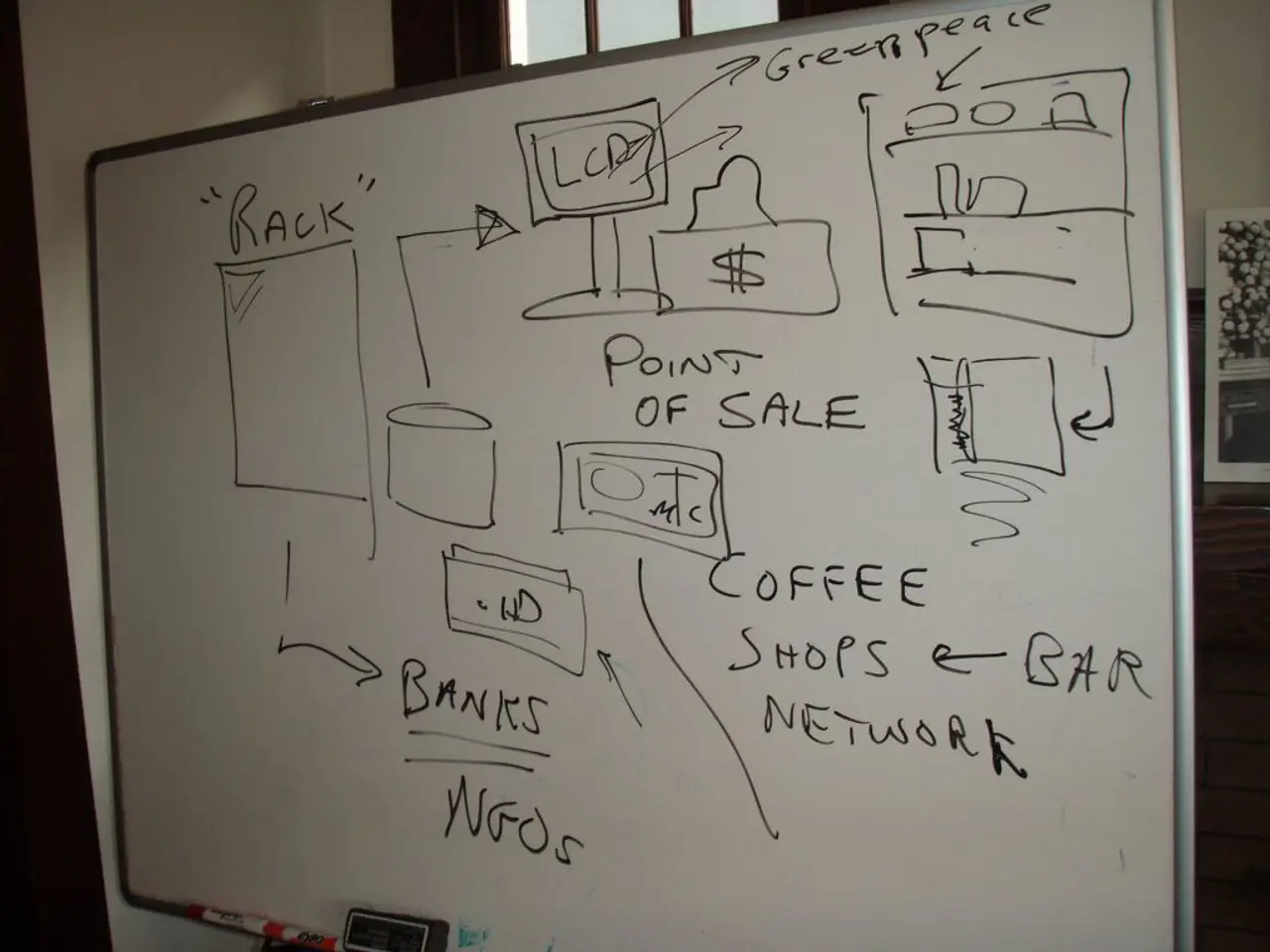Microsoft Plans to Quantum-Proof all Products by the Year 2033
Microsoft has announced a significant step forward in securing its infrastructure and that of its customers, partners, and ecosystems against quantum computing threats. The tech giant has established the Microsoft Quantum Safe Program (QSP), a strategic initiative aimed at accelerating the adoption of quantum-safe capabilities.
The QSP strategy, unveiled by Microsoft, sets out a phased transition journey towards making quantum-safe capabilities the default by 2033. This ambitious plan aims to enable early adoption of quantum-safe capabilities by 2029, gradually integrating these advancements into various services and products.
Microsoft has been proactive in its approach, conducting early foundational work such as an enterprise-wide inventory to assess and prioritize cryptographic asset risks. This assessment has allowed the company to identify key areas that require immediate attention and focus.
One of the key components of the QSP strategy is the integration of Post-Quantum Cryptography (PQC) algorithms into foundational security components like SymCrypt. Microsoft is also updating foundational components in products and services considered core infrastructure, such as Microsoft Entra authentication, key and secret management, and signing services.
The QSP strategy is divided into three key phases for the phased transition journey. The first phase focuses on research and development, the second on standardisation and validation, and the third on deployment and transition.
Microsoft is closely monitoring quantum-safe initiatives from international governments, such as the EU, UK, Australia, and Japan, to align its efforts. The company is also collaborating with and monitoring international governments including the United States and agencies involved in post-quantum cryptography standards like NIST, to align its efforts in implementing post-quantum cryptographic solutions.
In February 2025, Microsoft announced the development of the world's first quantum chip, named Majorana 1. This milestone underscores Microsoft's commitment to staying at the forefront of quantum technology.
Experts predict that quantum computers powerful enough to break current encryption protocols will be developed between seven to 15 years from now. Recognising the urgency of the situation, Microsoft is urging customers to start planning their own quantum-safe journey.
The migration to post-quantum cryptography (PQC) is a multiyear transformation requiring immediate planning and coordinated execution to avoid a last-minute scramble. The new timeline for transitioning to PQC is two years ahead of the 2035 deadline set by various governments, including the US and UK.
The US National Institute of Standards & Technology (NIST) formalized the world's first PQC standards in August 2024, setting out three PQC algorithms. These standards have provided the basis for government and industry guidance on migrating to PQC across the globe.
Microsoft is integrating PQC into Windows Azure services, Microsoft 365, data platforms, AI services, and networking. The company is also aligning its quantum-safe efforts with US government agency requirements and guidance, including the National Security Agency's Commercial National Security Algorithm Suite 2.0.
With the Microsoft Quantum Safe Program (QSP), Microsoft is taking a decisive step towards securing its future in the face of quantum computing threats. The company's commitment to quantum safety is a testament to its dedication to maintaining the security and trust of its customers and partners.








